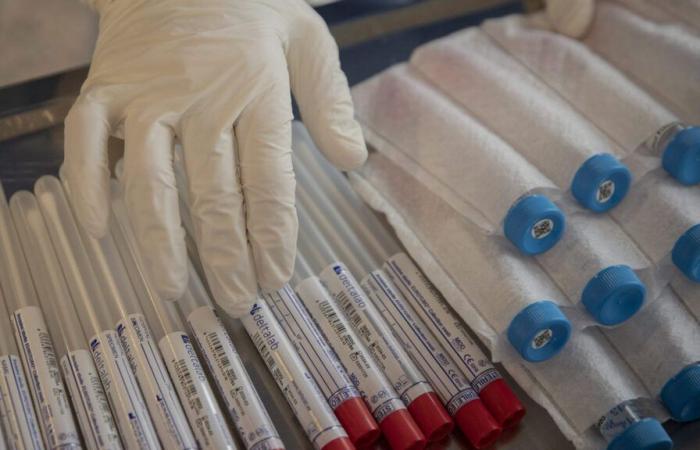Eliminating these “reservoirs” is probably the last hurdle that must be overcome before we can hope to triumph over the disease, but it is a significant challenge, warned Professor Eric Cohen, whose team at the Montreal Clinical Research Institute is at the origin of this breakthrough.
“This is the new frontier in HIV research,” he said. HIV is no longer a fatal disease, it is a chronic disease that can be managed through lifelong treatment, but the new frontier is really about finding ways to eradicate the infection. , to cure (infected people) so that they no longer have to take medicine.
Taking antiretroviral medications allows people infected with HIV to lead essentially normal lives, but only as long as they take their medication consistently. If the medication stops, the virus comes out of its hiding places and the disease returns in force.
See also: HIV is gaining ground in Estrie
The presence of these reservoirs is also associated with chronic inflammation which leads to several comorbidities, such as cognitive impairment, cardiovascular problems and certain cancers.
And just to complicate things even more, researchers know that these cells in which HIV is buried have the particularity of being very resistant to cell death.
Researchers have therefore been trying for many years to find not only where the virus is hiding, but above all to develop a strategy that would allow it to be dislodged and destroyed once and for all.
“That’s what remains to be done,” said Professor Cohen. The determining element, I would say over the last ten years, is that we have had cases of spontaneous healing of people infected with HIV who had received a stem cell transplant for cancer. It shows that we can cure HIV if we can get rid of these reservoirs.”
Professor Cohen’s laboratory therefore undertook to evaluate the effectiveness of a family of molecules ― ²SMAC Mimetic (SM)² ― which are used to fight cancer. The strategy was, first, to reactivate dormant HIV, then kill the reactivated cells by sensitizing them to a type of cell death called “apoptotic death.”
In collaboration with the company Ascentage Pharma, scientists tested a molecule belonging to this family, APG-1387, which is currently being evaluated in clinical trials in oncology. In laboratory tests, treatment with APG-1387 showed a reduction in reservoir size in humanized mice infected and treated with retroviral agents.
Furthermore, following an interruption of antiretroviral treatment, the rebound of viremia was less and appeared with a certain delay in mice treated with APG-1387, which suggests a reduction in latent reservoirs.
This is the “shock and kill” strategy, Professor Cohen said.
“The cells in which (the virus) is found are completely invisible to the immune system,” he recalled. So the idea is to use agents that are capable of reactivating the virus so that these cells become visible, and subsequently, to eliminate them through several strategies, immune or otherwise.”
The molecules used in this experiment therefore kill two birds with one stone, Professor Cohen added: not only do they reactivate the virus, but they also make the infected cells more vulnerable.
For the moment, he said, the reduction obtained in HIV reservoirs is “detectable”, but it is not “sufficient” to eradicate the disease. If we stop treatment, viremia rebounds.
Further work will therefore seek to combine this approach with interventions stimulating the immune system in order to achieve greater elimination of virus reservoirs, Professor Cohen concluded.
The findings of this study were published by iScience.






